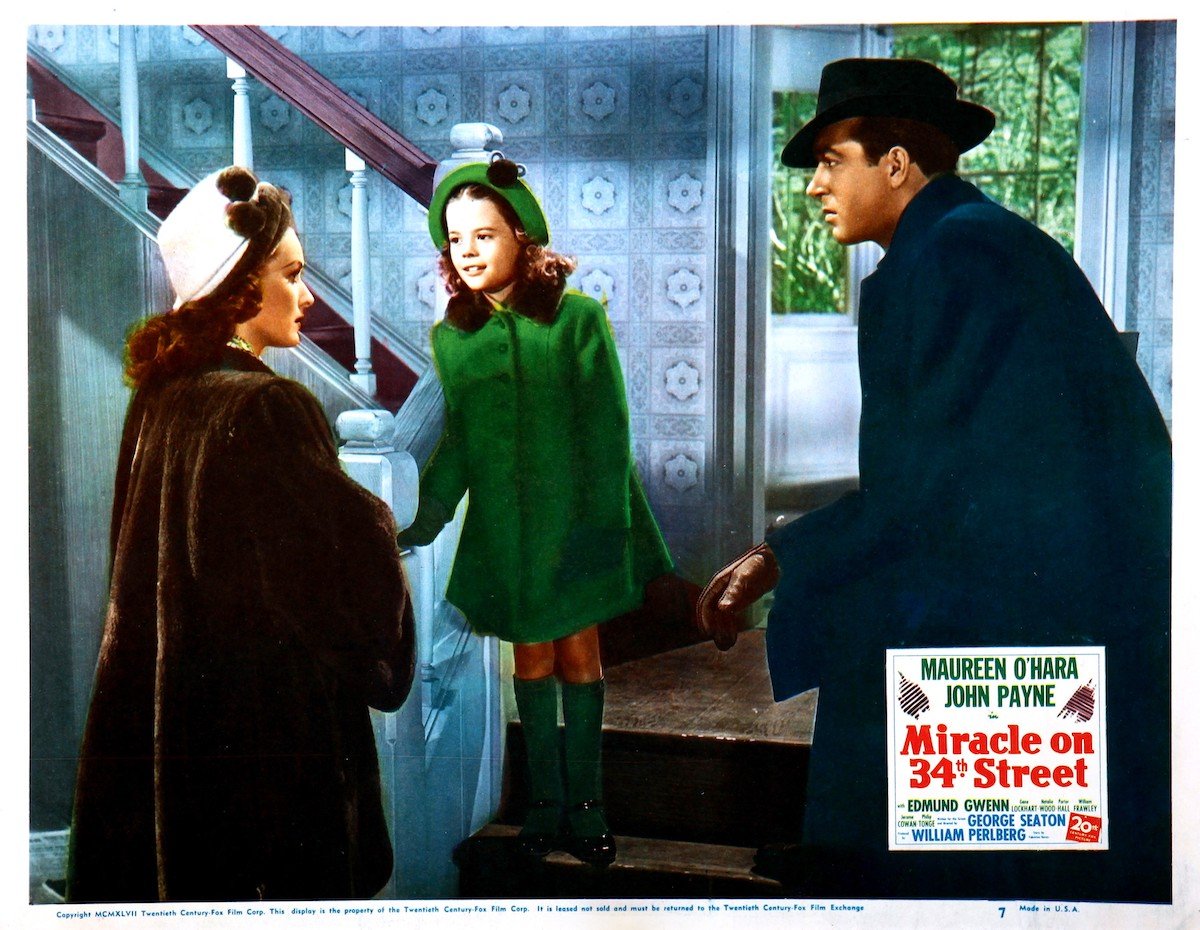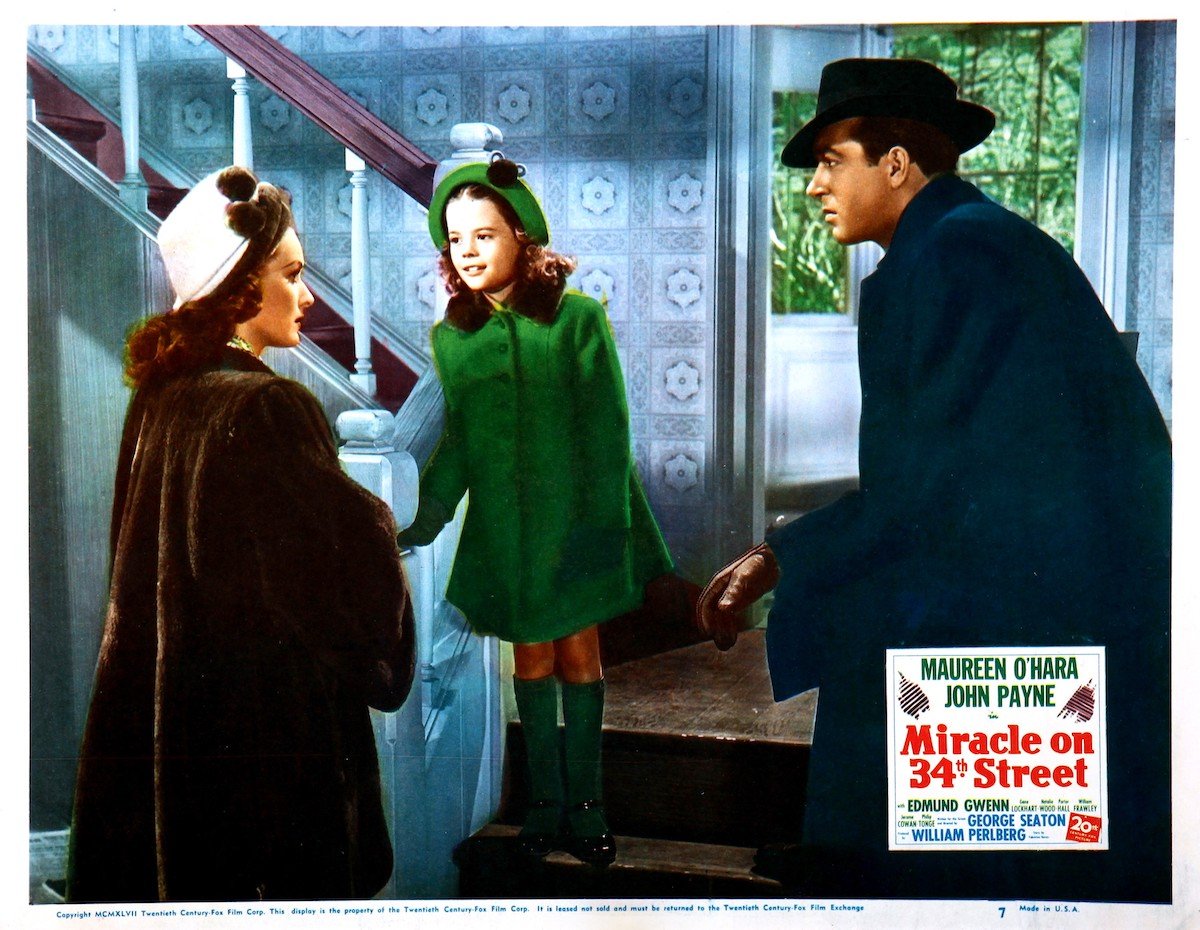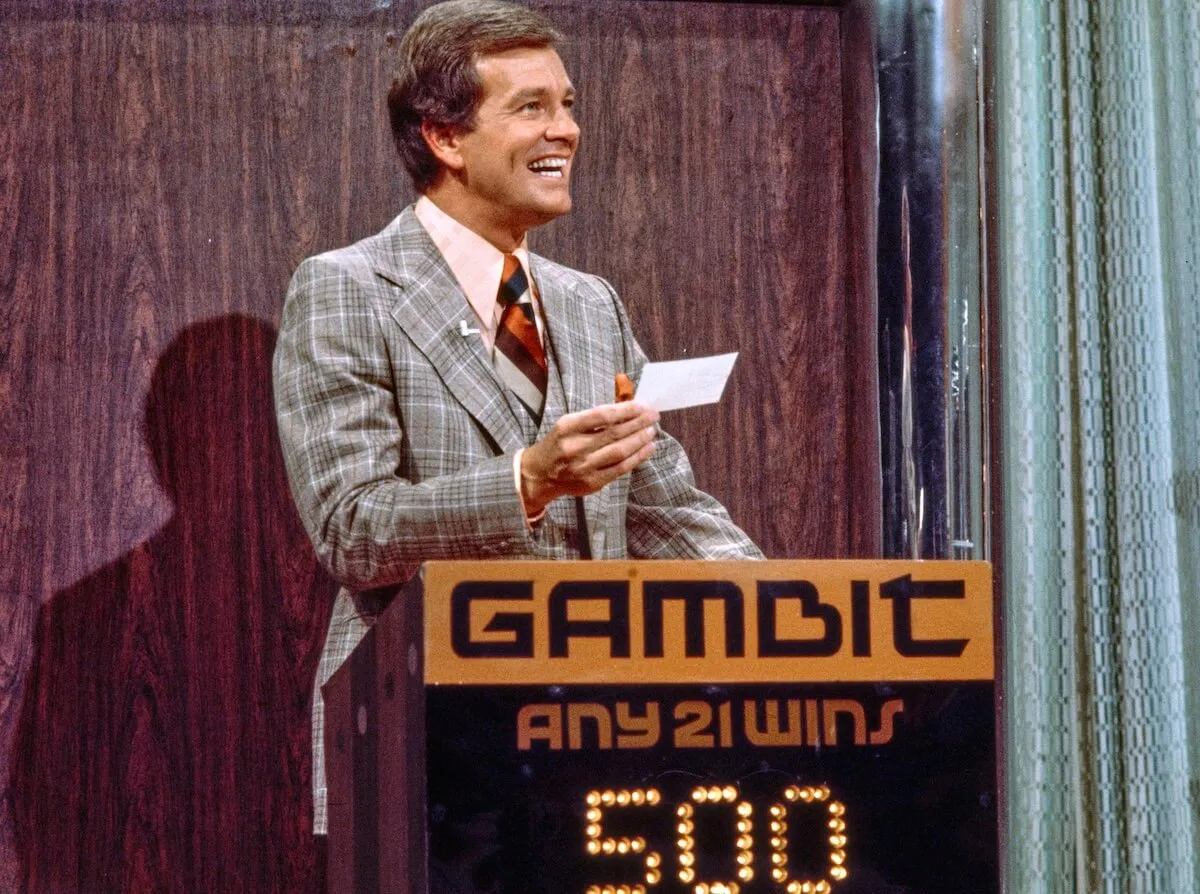
Why ‘Miracle on 34th Street’ Was Originally Released in May, Despite Being a Classic Christmas Film
We’ve all heard of Christmas in July, but Christmas in May? That just sounds wrong. But Miracle on 34th Street, one of the timeless holiday classics that hasn’t lost its luster in the 75 years since it was released, debuted in the summer of 1947 because of a studio executive’s views on how the movie industry operated.
The dissonance between watching a film set during a New York winter in the warmest part of the calendar didn’t lessen 34th Street’s power on the big screen, as the film was critically hailed in the moment and created such a legacy that it was remade for a new generation in the ’90s.
‘Miracle on 34th Street’ was released in the summer thanks to the wisdom of corporate thinking
As explained on Gothamist, 20th Century Fox released Miracle on 34th Street. Studio head Darryl F. Zanuck decided the movie would be better off arriving in theaters on May 2, although it didn’t open in New York City until June 4 at the Roxy Theatre.
Zanuck thought that more people were willing to go to the theaters in the summer months because of the hot weather. He wasn’t necessarily wrong, but that release date doesn’t jive with a film about the magical spirit of Christmas.
To get around this fact, Fox’s advertising hid 34th Street’s setting for as long as possible.
The movie’s promotional trailer centered around a fictional producer walking around the studio backlot and talking to stars of the day like Rex Harrison, Anne Baxter, Peggy Ann Garner, and Dick Haymes. They each talked about Miracle on 34th Street in glowing terms. The movie’s poster also highlighted Maureen O’Hara and John Payne’s presence rather than Edmund Gwenn’s Kris Kringle.
Moviegoers fell for ‘Miracle on 34th Street’s charms even though it premiered in the wrong season

34th Street became a commercial and artistic achievement as soon as people could see it. According to Filmsite, it made $2.7 million at the box office, which is four times as much as the movie’s production budget ($630,000).
As wholesome as the film is to modern sensibilities, it was controversial in some circles. A Catholic group called the Nation Legion of Decency deemed 34th Street “morally offensive,” mostly because O’Hara’s character Doris is a divorcee.
That line of thinking didn’t stick with the general public. The movie earned four Academy Award nominations for Best Picture, Best Original Story (Valentine Davies), Best Screenplay (George Seaton), and Best Supporting Actor (Gwenn), winning in the latter three categories. Seaton also directed the film. But he was the only director involved with one of the five Best Film nominees not to be nominated for Best Director.
The 1994 remake took a different tone than the original
Miracle on 34th Street was remade twice for television in 1955 and 1973 and was also adapted into a Broadway musical called Here’s Love.
But the remake that the most people saw was released in 1994 and starred Sir Richard Attenborough, Elizabeth Perkins, and Mara Wilson. Legendary filmmaker John Hughes rewrote most of the script and made the story more serious than the original.
Remaking a beloved piece of the film canon is a tricky task, and the 1994 version of 34th Street is not held in the same esteem as its predecessor (it has a 60% rating on Rotten Tomatoes; the original has a 96% rating). But the change in tone does something to differentiate it from the classic and stand as its project. It is also notable as one of the last movies Hughes worked on backing away from the industry at the end of the decade.


